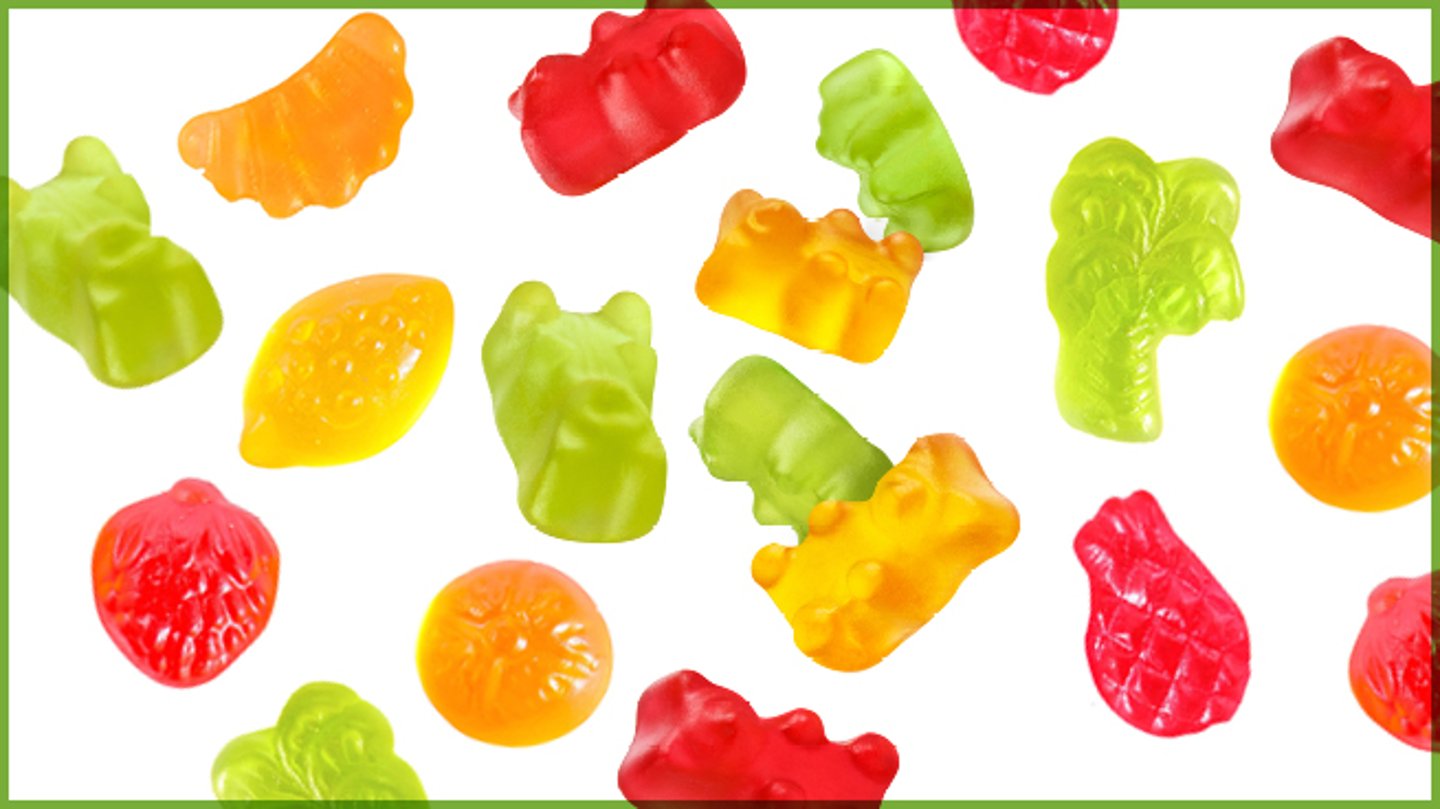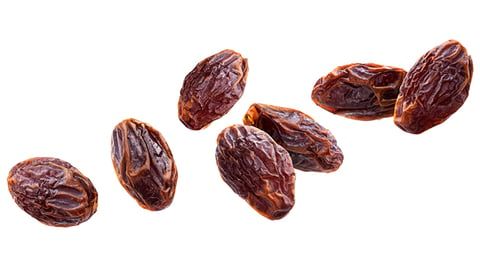Four things to know about gummies
Nostalgic tastes
Low-sugar, organic gummy makers are targeting adults with nostalgic flavours. Vancouver-based The Yumy Candy Company, which markets the plant-based Yumy Bear brand in Canada, is launching a soda line (cola, orange soda and cream soda flavoured gummies made in the shape of pop bottles) by summer. “We want people to have an emotional response—open the bag, smell the gummies and be brought back to their childhoods when orange and cream soda were favourite drinks,” says Yumy founder and CEO Erica Williams. The brand extension will double Yumy Bear’s shelf space at grocers including Loblaws and Save-On-Foods. The brand launched in 2021 with fruit flavours, peach, strawberry kiwi and sour watermelon.
SmartSweets also “focuses on taking nostalgic favourites and reinventing them in a better-for-you way,” says the company’s Vancouver-based CEO and founder Tara Bosch. Its low-sugar gummies are carried in grocery stores nationwide. “The most popular flavours are Sweet Fish, Peach Rings, Cola Gummies and Gummy Worms.”
Vitamin fix
Manufacturers have launched gummies into the exploding health and wellness market, using formulas that fortify nutrients like omega-3 and vitamin C. The U.S. gummy vitamins market was worth US$6.1 billion in 2021 and is estimated to reach $9.4 billion by 2028, according to SkyQuest Technology Consulting.
In April 2022, Richmond, B.C.-based Herbaland Naturals launched Iron Plus, a gummy that purports to help prevent iron deficiency anemia. Sales of Iron Plus increased 269% from August to September and is one of the company’s top five bestsellers, says Nicole Gordon, sales lead for Herbaland. That Iron Plus became popular so quickly reflects that consumers look for a specific vitamin or mineral supplement in gummy form, Gordon says.
Toronto grocer The Big Carrot has added vitamin-fortified gummies to its dispensary. “Gummies are a bridge between health food consumers and more conventional shoppers who aren’t into tinctures, capsules and other formats,” says Kate McMurray, The Big Carrot’s community engagement manager. “If they think a gummy will taste good and help them feel better, lose weight, reduce pain, sleep sounder and lessen stress, they will try it.”
[Read more: “As more consumers prioritize health and wellness, grocers step up their offerings”]
Chew on this
Canadians love their sweets, especially if they’re chewy – i.e., gummies, which have traditionally been made with gelatin to get their squishy texture. According to a 2022 Mintel report, gummies are the most popular candy format, with 44% of Canadians having gobbled them in the past three months versus hard candy (30%).
Sticking point
Better-for-you confectionery eases consumers’ biggest worry about candy: sugar. Brands are using natural sweeteners such as stevia to market low-sugar options, and have created vegan brands by using agar and pectin instead of gelatin (an animal byproduct) to achieve the candy’s trademark texture.
“[Sugar is] the top reason cited for eating less chocolate and/ or candy compared to last year, followed by wanting to lose weight,” says Joel Gregoire, associate director, food and drink at Mintel. Indeed, its research finds Canadian are eating less candy, not more (26% in 2021 versus 17% in 2022).
While there is a sales opportunity for functional gummies, “candy is not, and likely never will be, regarded as a healthy snack,” cautions Gregoire. He says retailers should not abandon “the benefits that consumers already associate with the space,” and that is to indulge. Nearly all Canadians who eat chocolate and/or candy (92%), according to Mintel, agree “it’s good for one’s mental health to indulge from time to time.”
This article was first featured in Canadian Grocer’s March/April 2023 issue.



